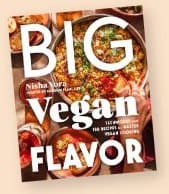Today I want to talk about my favorite vegan egg substitutes in baking. Why? Because when you’re vegan, people have an insatiable desire to ask you, “But…what do you eat?” So, now I have an insatiable desire to reassure everyone that I eat and bake SO SO MUCH FOOD. And, you can find Part II to this post here!
This topic has been written about A LOT on the interwebs, so I’m just giving you my experience with using these items.
1. Aquafaba
Unless you’ve been living under a rock, you’ve likely heard of aquafaba. Aquafaba exploded onto the culinary scene in 2016, with food writers and Buzzfeed readers alike gawking at this new invention.
Aquafaba is simply the briny, goopy liquid you’ll find in a can of chickpeas. Sounds gross, I know, but it works wonders.
Aquafaba has two primary uses in baking: (1) as an egg white substitute to make light, fluffy meringues and whipped frosting-like concoctions, and (2) as a whole egg substitute in various baked goods, ranging from cakes to waffles to muffins.
I use aquafaba primarily for the latter purpose. I love using it when I want to add some light tenderness and fluffiness to a baked good. It’s particularly good in cakes like this light and tender Vanilla Layer Cake, but it’s also one of the secrets to my incredibly popular 8-Ingredient Banana Bread.
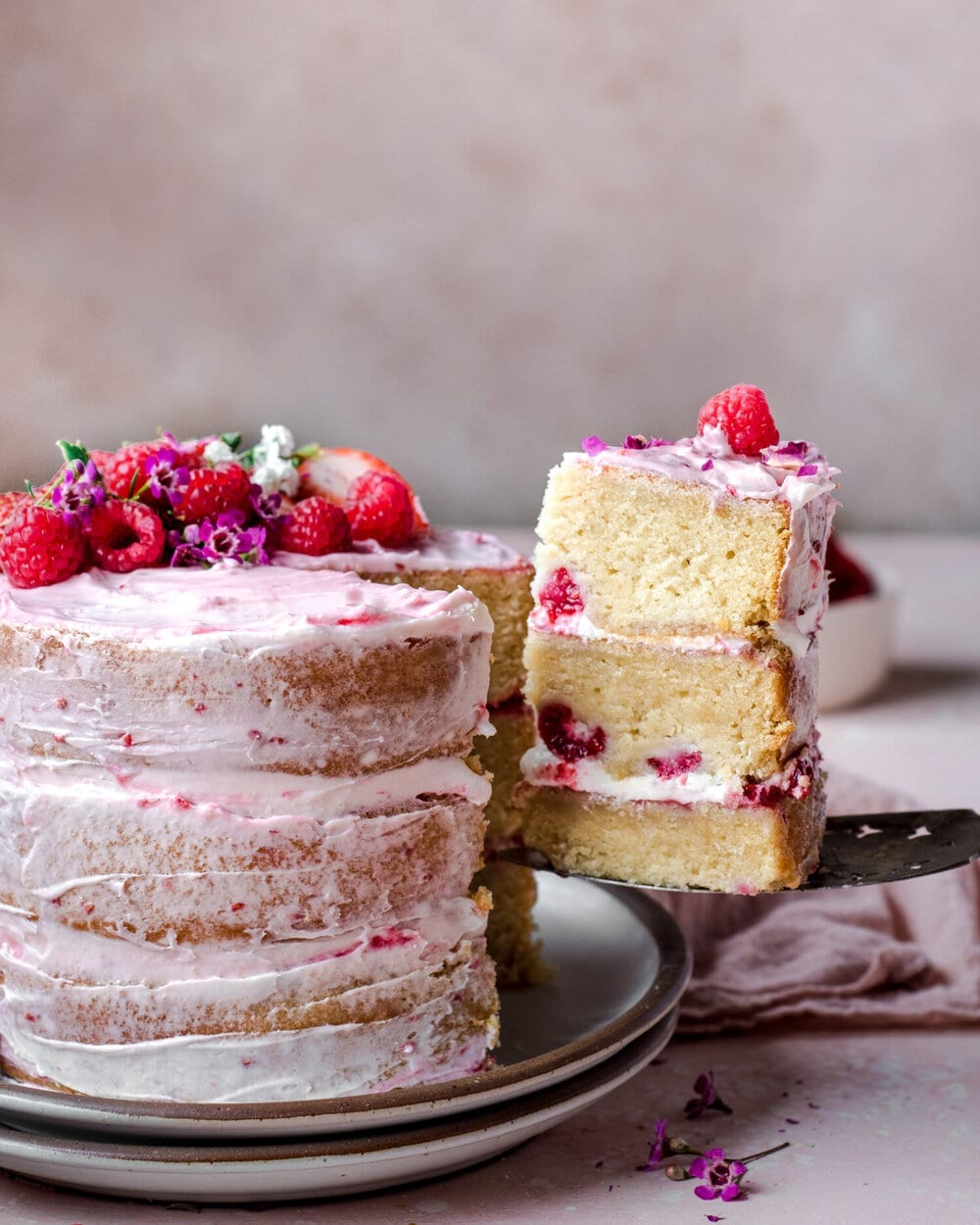
Here are the ratios for replacing eggs with aquafaba.
-
1 tablespoon aquafaba = 1 egg yolk
-
2 tablespoons aquafaba = 1 egg white
-
3 tablespoons aquafaba = 1 whole egg.
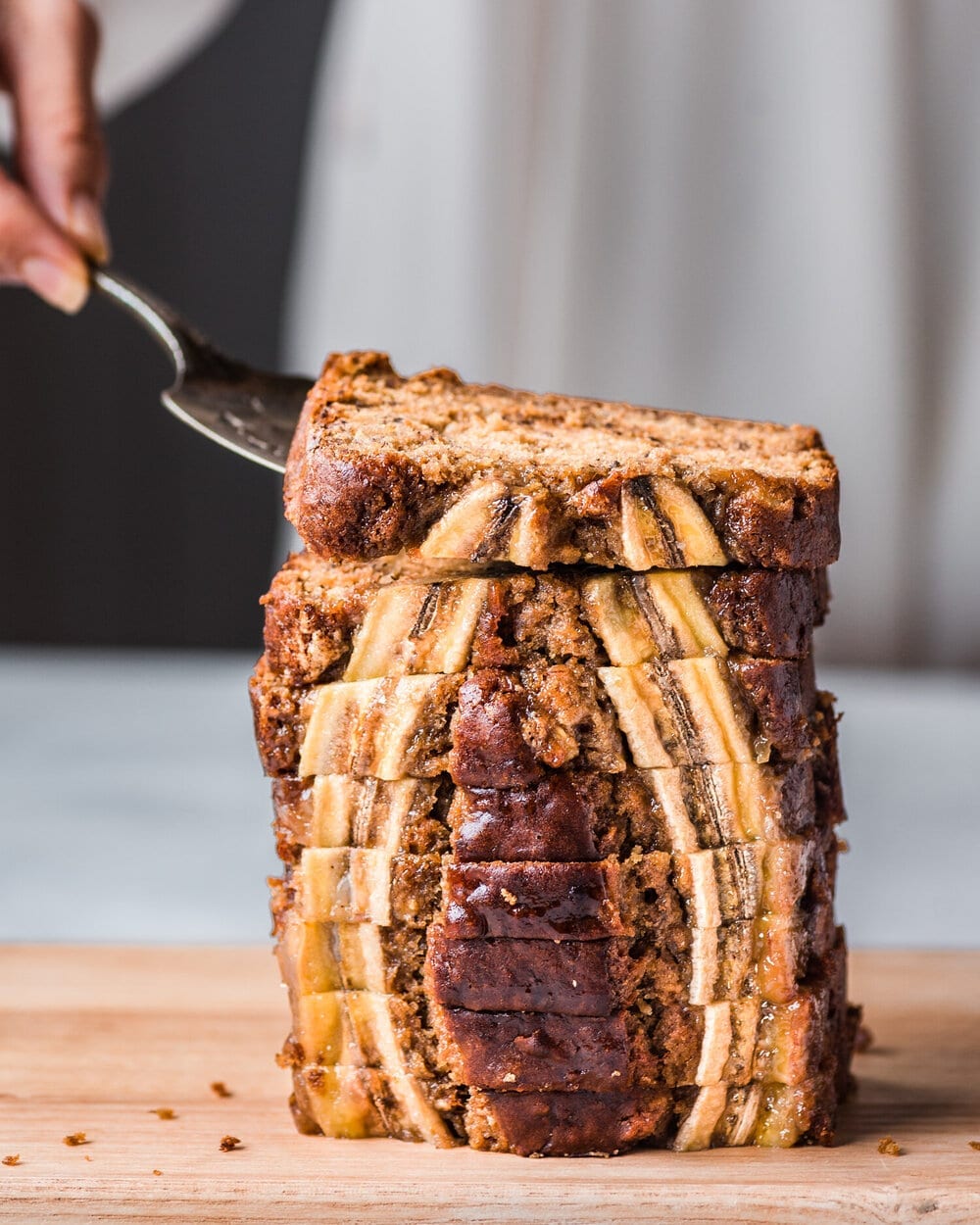
2. Chickpea flour
I’m staying on the chickpea train because I like to be hella organized.
Chickpea flour (aka garbanzo bean flour), once it’s mixed with water, acts as a binder and leavener just like eggs, making it the perfect addition to your vegan pantry. And, just like eggs, chickpea flour is packed with protein. Win-win. You can find chickpea flour in well-stocked grocery stores and online.
To replace one egg, simply mix 3 tablespoons of chickpea flour with 3 tablespoons of water until you have a thick and creamy mixture. If replacing an extra large egg, use 4 tablespoons of each. When I want an extra thick egg substitute, I mix the chickpea flour with almond milk instead of water. Clever, I know.
Add it to baking recipes such as cookies, cakes, scones or French toast, as you would an ordinary egg (it works well in many kinds of baked goods). I use it in this Gingerbread French Toast Casserole to impart a slightly eggy flavor to the French Toast.
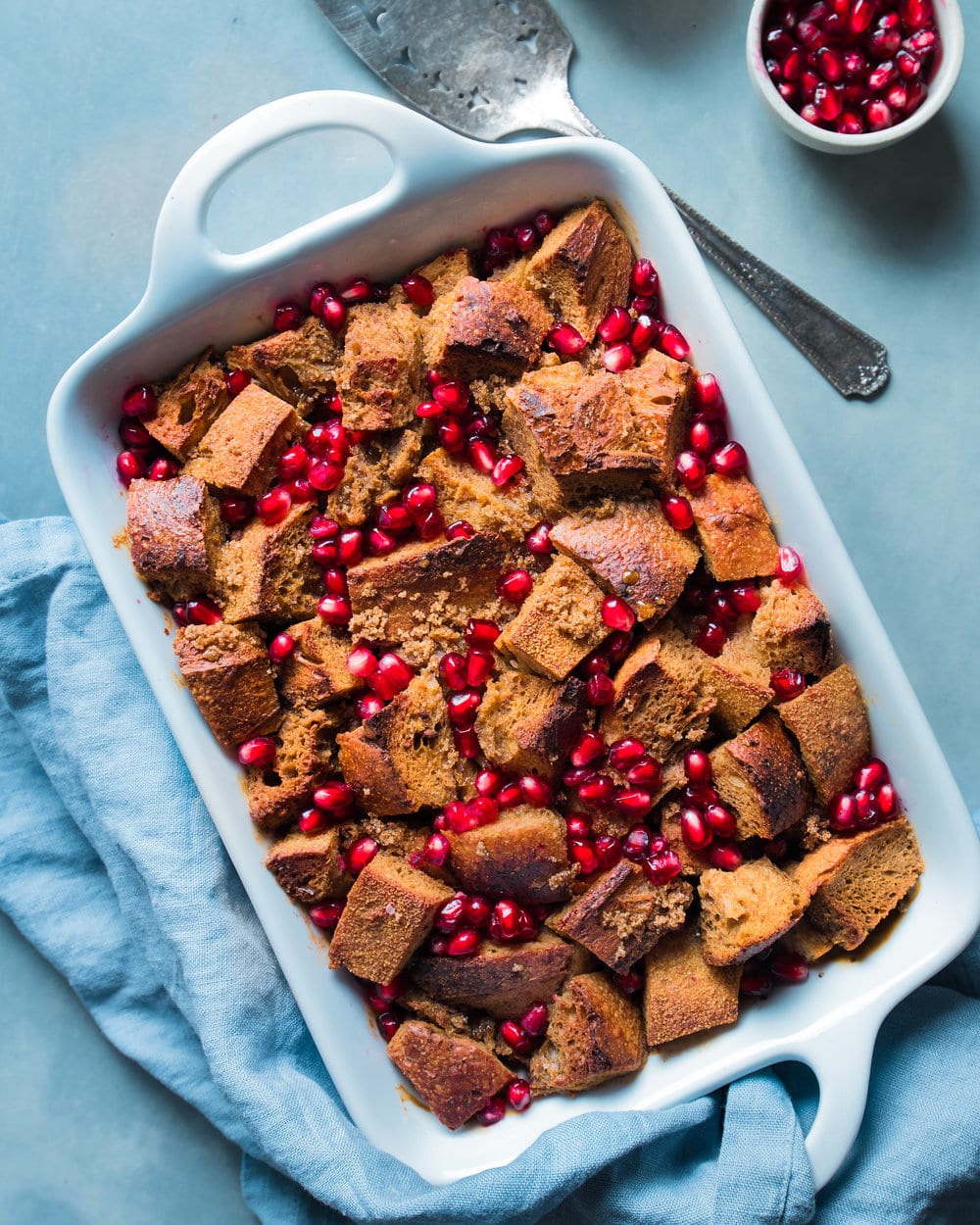
3. Flaxseed meal
Flaxseeds are seeds of the flax plant, a fiber crop that is used to make linen fabrics. They’re an excellent source of essential fatty acids, antioxidants, and fiber. Because ground up flaxseeds are easier to digest than the whole seed, I typically buy flaxseed meal. But if you’re not lazy, you should buy whole flaxseeds and grind them up in your coffee grinder.
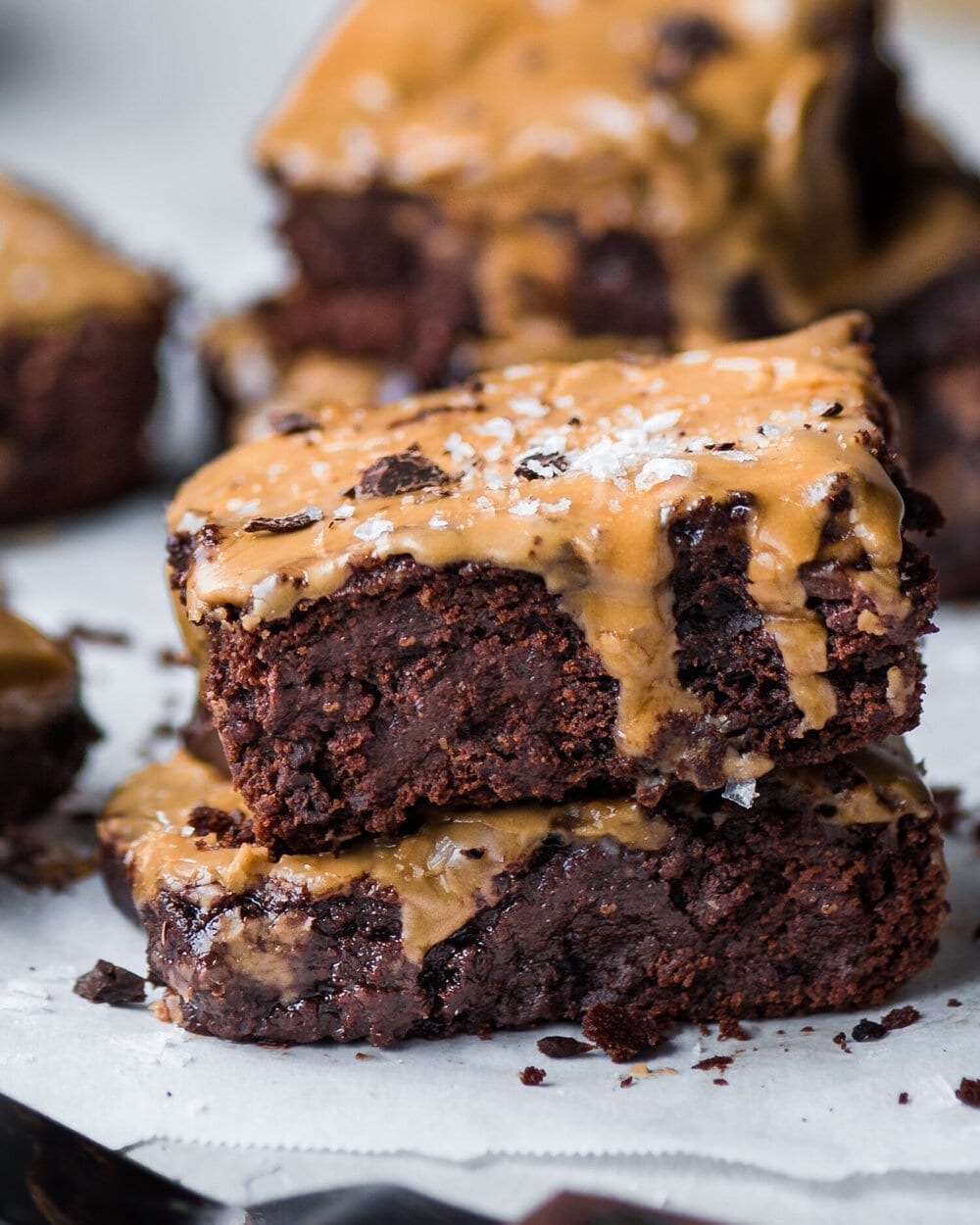
I love flaxseed meal because it’s packed with heart-healthy omega-3 fatty acids. Also it helps to get things moving down there, if you know what I mean. In case you don’t know what I mean, flaxseed helps you poo. Hope that was helpful.
I bake with “flax eggs” quite often, often in brownies (such as these Fudgy Glazed Brownies), cookies (such as these Everything Cookies), pancakes, muffins, usually when I want to add a slightly chewy texture to the batter/dough. Which is why I wouldn’t try using it in light cake or pastry recipes – it’s not good for that!
For a tried and true flax egg ecipe that will replace one regular egg, simply mix 1 tablespoon of ground flaxmeal with 2 ½ tablespoons of water. Stir to combine and let sit for 15 minutes until thickened.
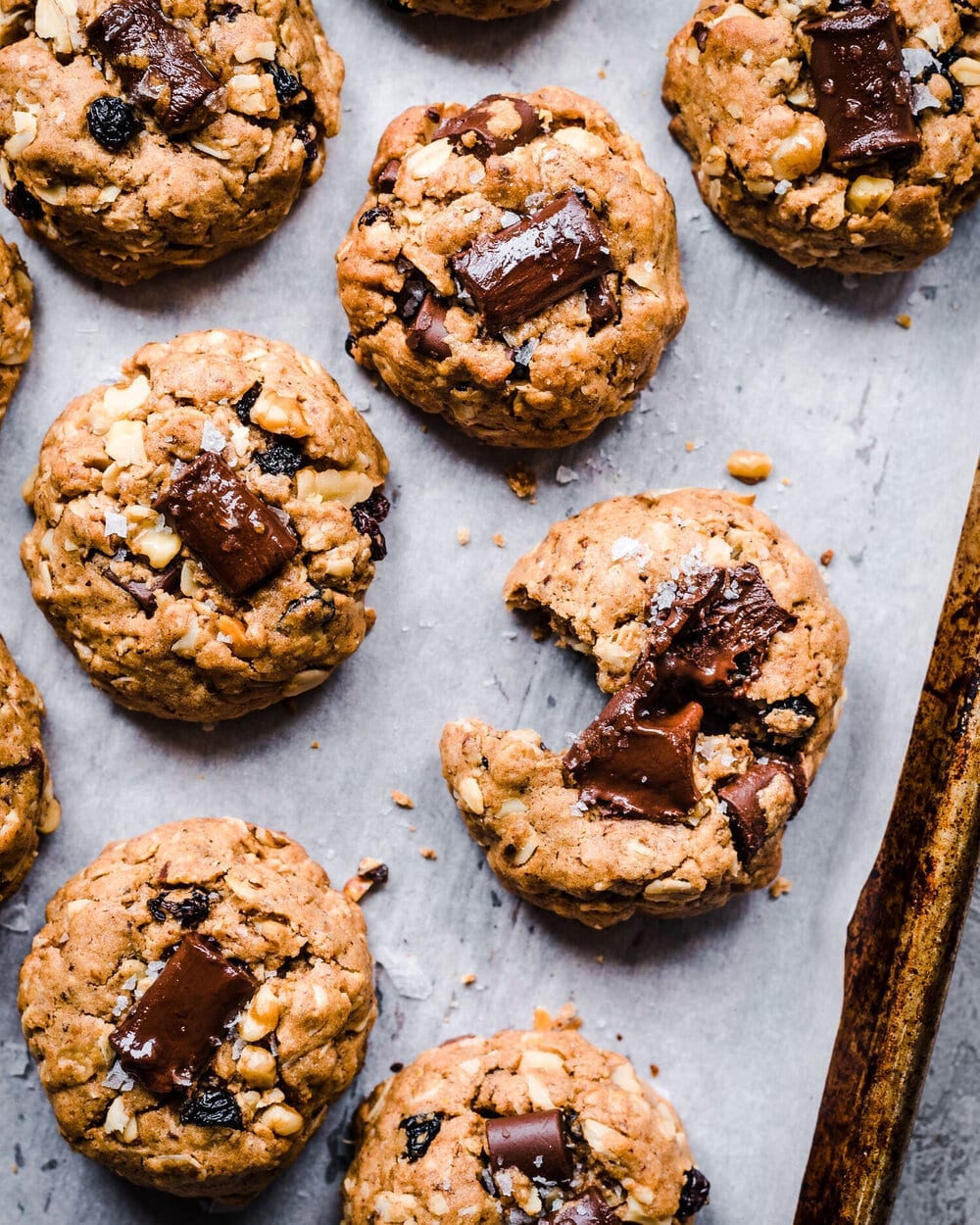
4. Tofu
If a recipe uses eggs to simply add moisture (and not as a leavening agent, i.e., the recipe calls for baking soda and baking powder in addition to eggs), you can replace the eggs with silken/soft tofu.
Use ¼ cup of silken tofu for 1 egg, but be sure to purée the tofu in a food processor or blender so that you don’t end up with gross chunks. Silken tofu works great in dense desserts like brownies, custard-like pies or raw cheesecakes.
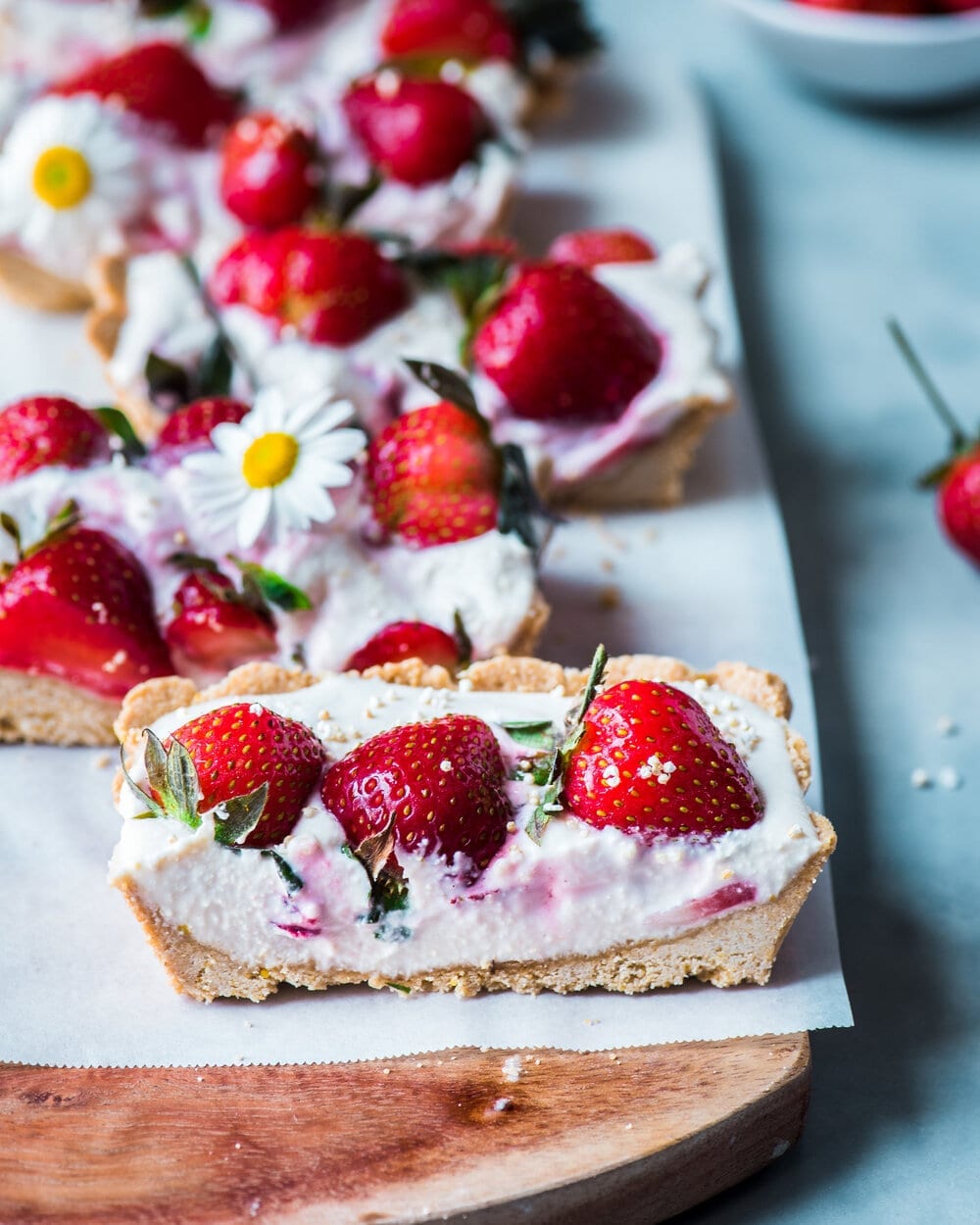
5. Bananas
I love using bananas as an egg replacer because they are sweet and delicious. Also, it means you can use less sugar, if that’s your thing, as ripe bananas are quite sweet. Ripe mashed bananas are best in quick breads (hello, banana bread), muffins, pancakes, and even some cake recipes.
For one egg, use half of a mashed banana or approximately ¼ cup of puréed banana.
Like tofu, bananas are added only for moisture and to act as a binder in the same way eggs do. They don’t add any leavening properties, so you’ll want to add a bit more of baking powder to make sure your baked goods rise, approximately ½ teaspoon (or approximately 1/4 teaspoon baking soda).
Finally, you should know that adding bananas can make some baked goods denser than normal, which can be good for items like quick breads (like this gluten-free Kabocha Squash Banana Bread) and pancakes, but not so good for light and feathery cakes.
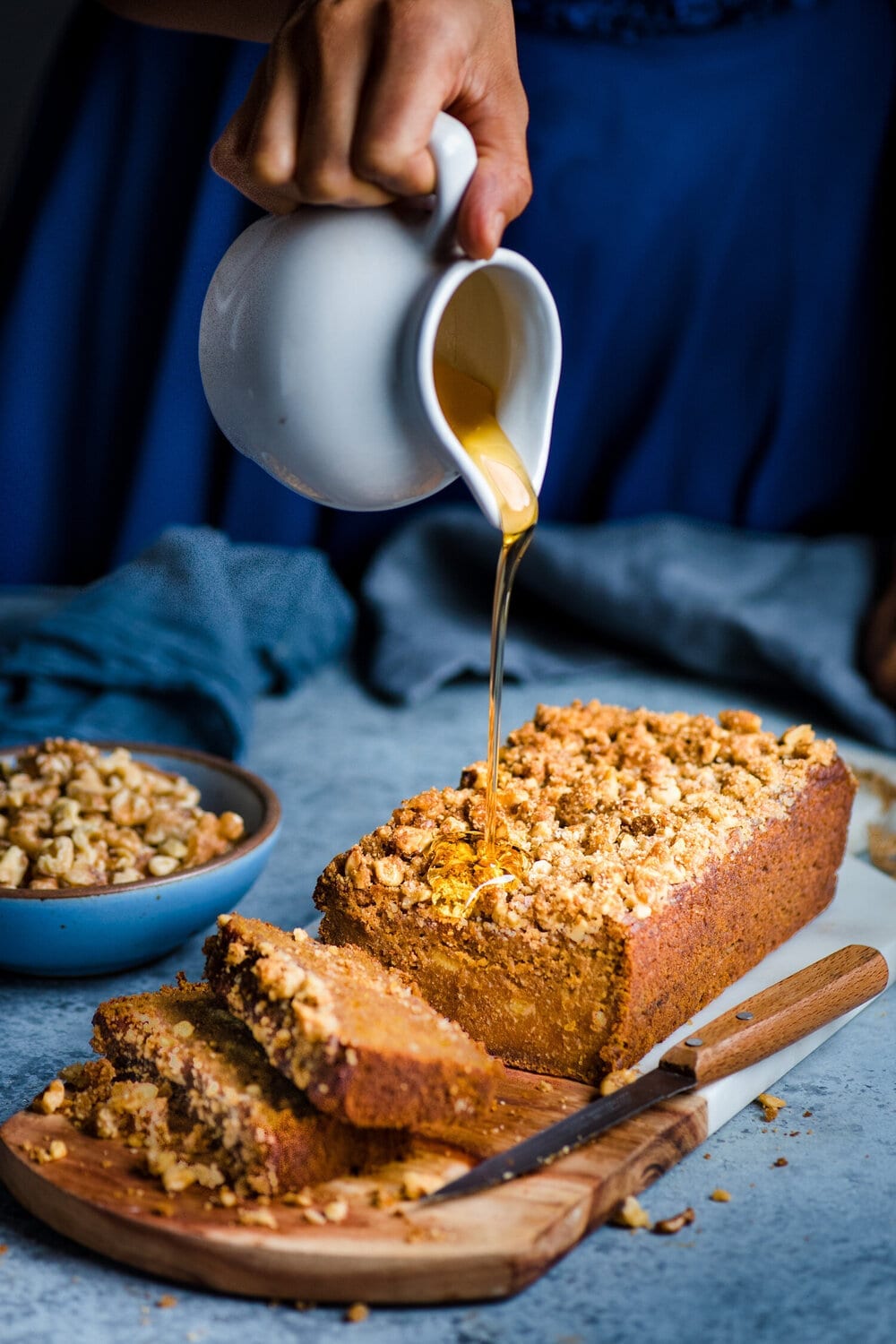
6. Applesauce
Applesauce is not my favorite vegan baking substitute, but it is a good alternative to bananas where you don’t want a prominent banana taste. Applesauce is heavier/denser than banana, so it can add some density and even rubberiness to your baked goods. To help bring a lighter texture to the baked good, you can try adding an extra 1/2 teaspoon of baking powder to the recipe.
Which is why you shouldn’t be too heavy-handed with it. I wouldn’t recommend using more than 1/2 cup applesauce as an egg substitute in a given recipe, unless of course the recipe was specifically tested using applesauce.
As with bananas, applesauce brings the moisture that eggs bring, but it doesn’t add any leavening properties, so keep that in mind.
For one egg, use ¼ cup of unsweetened applesauce. If all you have is sweetened applesauce, slightly decrease the sugar in the recipe. In my experience, applesauce is best used in quick breads, pancakes (like these healthy gluten-free Quinoa Buckwheat Pancakes, or muffins.
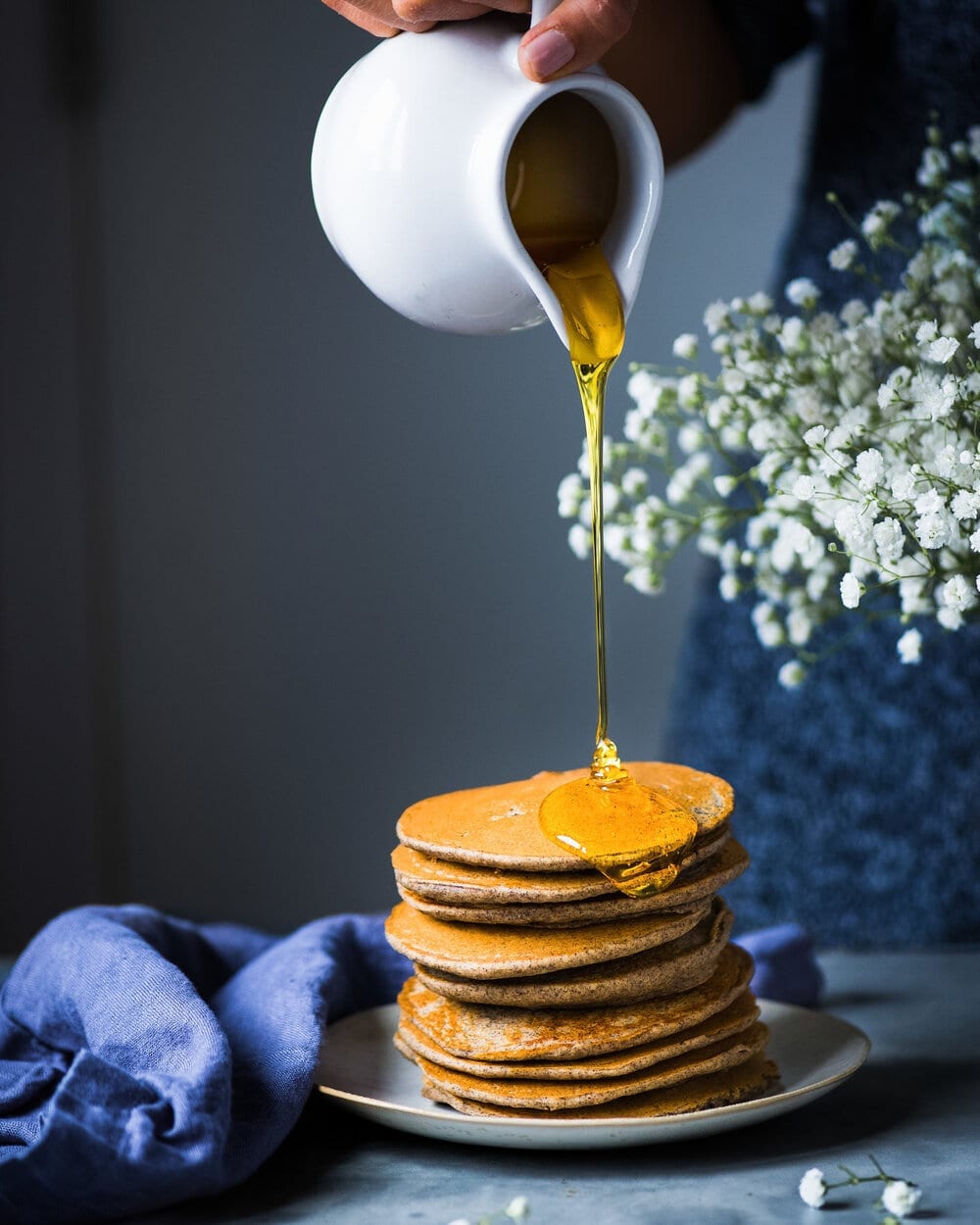
Aside from these six replacers, I’ve also seen mashed avocado, chia eggs, and sweet potato purée used as egg substitutes. Have you tried any of those? Let me know in the comments!
With lots of sugary love,
Nisha
